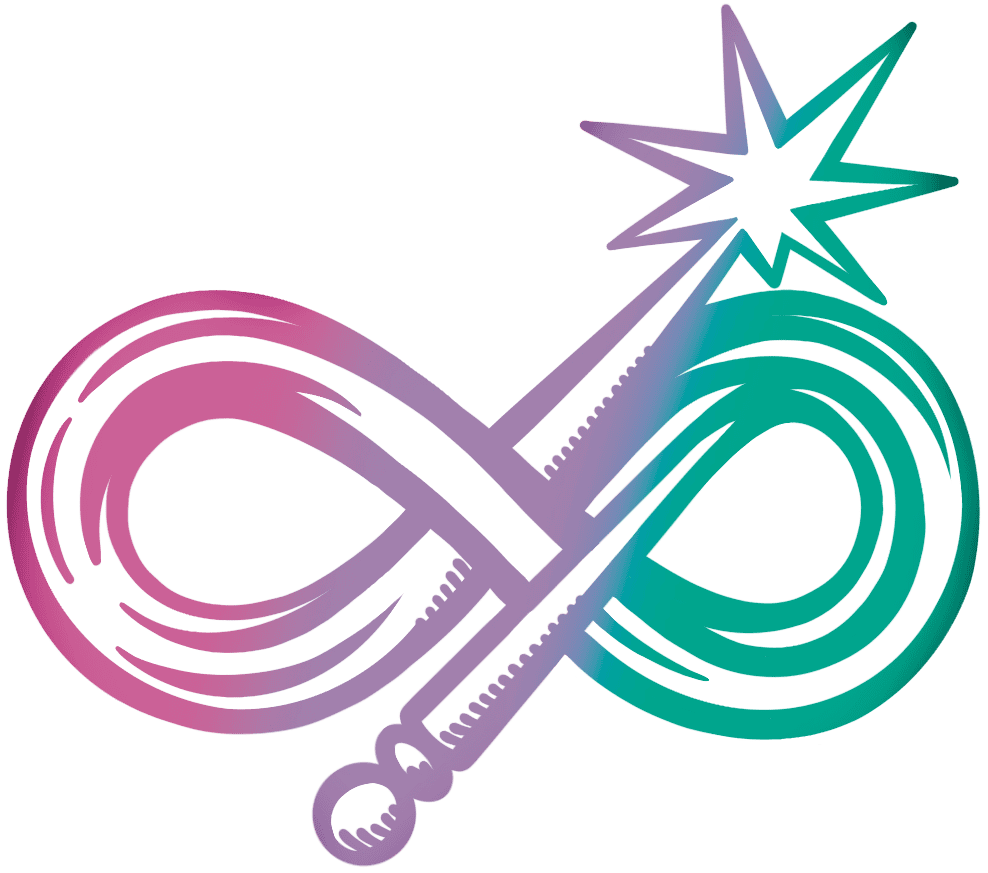Your cart is currently empty!
Pagan holidays and celebrations
Introduction
Paganism, a nature-based spirituality, is rooted in ancient traditions and beliefs. One of its core aspects is the celebration of the seasons, marked by various holidays and festivals. These celebrations offer opportunities for connection with the natural world, personal growth, and community building.
The Wheel of the Year
The Wheel of the Year is a cyclical concept that represents the changing seasons and the journey of life. It is marked by eight Sabbats, each representing a significant turning point in the year.
- Yule (Winter Solstice): Celebrates the rebirth of the sun and the return of light.
- Imbolc (Candlemas): Marks the beginning of spring and the purification of the self.
- Ostara (Spring Equinox): Celebrates the balance of day and night and the awakening of nature.
- Beltane (May Day): A festival of fertility, love, and the celebration of life.
- Midsummer (Summer Solstice): The longest day of the year, honoring the sun’s peak and the height of summer.
- Lammas (Lughnasadh): A harvest festival celebrating the abundance of the earth.
- Mabon (Autumn Equinox): Marks the balance of day and night and the harvest season.
- Samhain (Halloween): A festival honoring the dead and the transition between the seasons.
Esbats
In addition to the Sabbats, Pagans also celebrate Esbats, which are lunar festivals that occur approximately every 29.5 days. Esbats are often associated with specific lunar phases, such as the new moon, full moon, and quarter moons.
Pagan Rituals and Celebrations
Pagan rituals and celebrations vary widely depending on individual beliefs and traditions. However, many rituals share common elements, such as:
- Altar: A sacred space for performing rituals and offerings.
- Offerings: Gifts to the deities or spirits, often consisting of food, drink, or other items.
- Invocations: Prayers or chants to invoke the presence of deities or spirits.
- Meditation: A practice of focusing the mind and connecting with the spiritual realm.
Pagan celebrations may involve bonfires, dancing, drumming, storytelling, and communal meals. They are often opportunities for social connection, spiritual growth, and celebration of life’s cycles.
Pagan Symbols and Correspondences
Paganism is rich in symbolism, with various objects, colors, herbs, crystals, and deities representing different aspects of the natural world and the spiritual realm. These correspondences can be used to enhance rituals and spells.
Pagan Deities and Gods
Paganism is a polytheistic religion, recognizing and honoring multiple deities. These deities may be associated with specific elements, natural forces, or aspects of human life. Some popular Pagan deities include:
- Goddesses: Artemis (hunting and the moon), Aphrodite (love and beauty), Brigid (healing and poetry), Freya (love, fertility, and war)
- Gods: Apollo (sun, music, and healing), Odin (wisdom, magic, and death), Thor (thunder and lightning), Zeus (king of the gods)
Pagan Practices and Beliefs
Pagan practices and beliefs vary widely, but many Pagans share a common belief in the interconnectedness of all things and the power of nature. Some common practices include:
- Magic and spellcasting: Using rituals and intention to influence the world.
- Divination: Using tools such as tarot cards, runes, or astrology to gain insights into the future.
- Healing: Using natural remedies and spiritual practices to promote physical and emotional well-being.
- Herbalism: Working with plants and herbs for medicinal and magical purposes.
- Connection with nature spirits: Honoring and interacting with the spirits of the natural world.
Conclusion
Pagan holidays and celebrations offer a rich and meaningful way to connect with the natural world, honor the cycles of life, and cultivate a sense of spirituality. By understanding the traditions, symbols, and beliefs associated with Paganism, you can embark on a journey of personal growth and self-discovery.

Leave a Reply